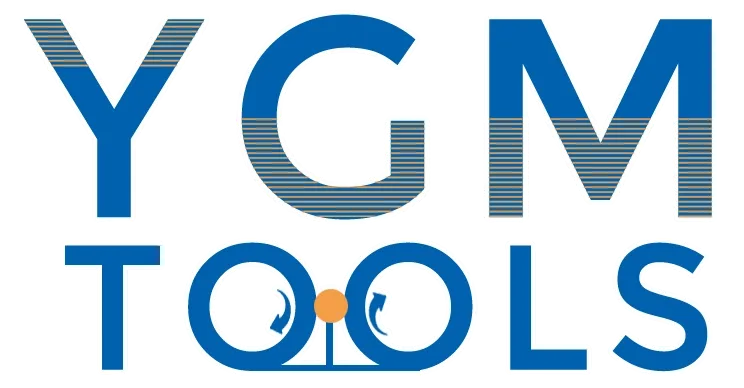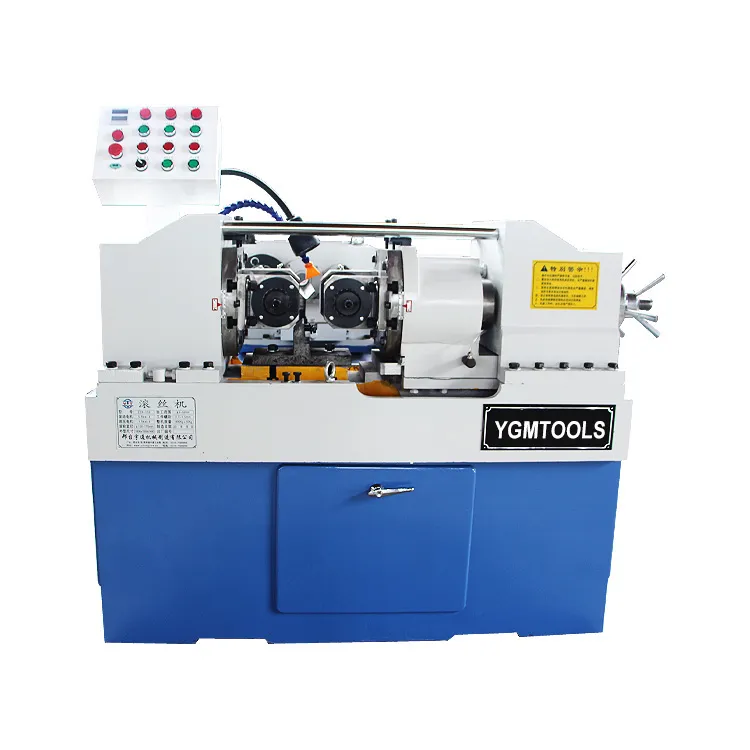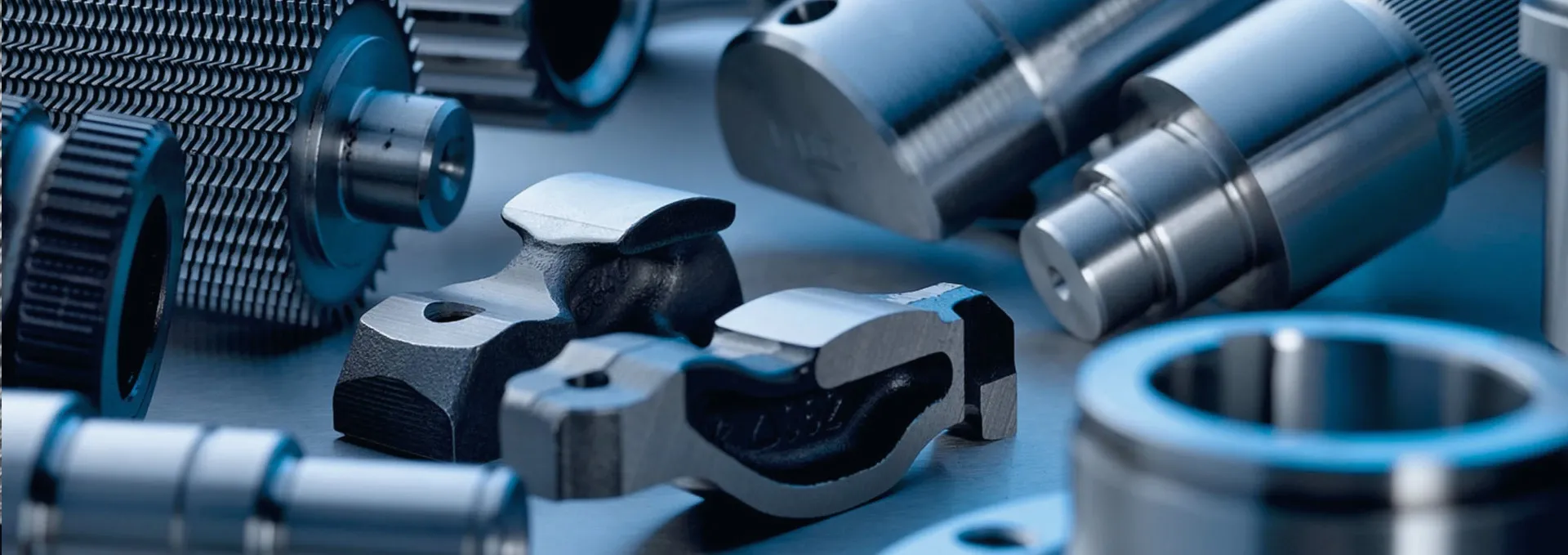
-
 Afrikaans
Afrikaans -
 Albanian
Albanian -
 Amharic
Amharic -
 Arabic
Arabic -
 Armenian
Armenian -
 Azerbaijani
Azerbaijani -
 Basque
Basque -
 Belarusian
Belarusian -
 Bengali
Bengali -
 Bosnian
Bosnian -
 Bulgarian
Bulgarian -
 Catalan
Catalan -
 Cebuano
Cebuano -
 Corsican
Corsican -
 Croatian
Croatian -
 Czech
Czech -
 Danish
Danish -
 Dutch
Dutch -
 English
English -
 Esperanto
Esperanto -
 Estonian
Estonian -
 Finnish
Finnish -
 French
French -
 Frisian
Frisian -
 Galician
Galician -
 Georgian
Georgian -
 German
German -
 Greek
Greek -
 Gujarati
Gujarati -
 Haitian Creole
Haitian Creole -
 hausa
hausa -
 hawaiian
hawaiian -
 Hebrew
Hebrew -
 Hindi
Hindi -
 Miao
Miao -
 Hungarian
Hungarian -
 Icelandic
Icelandic -
 igbo
igbo -
 Indonesian
Indonesian -
 irish
irish -
 Italian
Italian -
 Japanese
Japanese -
 Javanese
Javanese -
 Kannada
Kannada -
 kazakh
kazakh -
 Khmer
Khmer -
 Rwandese
Rwandese -
 Korean
Korean -
 Kurdish
Kurdish -
 Kyrgyz
Kyrgyz -
 Lao
Lao -
 Latin
Latin -
 Latvian
Latvian -
 Lithuanian
Lithuanian -
 Luxembourgish
Luxembourgish -
 Macedonian
Macedonian -
 Malgashi
Malgashi -
 Malay
Malay -
 Malayalam
Malayalam -
 Maltese
Maltese -
 Maori
Maori -
 Marathi
Marathi -
 Mongolian
Mongolian -
 Myanmar
Myanmar -
 Nepali
Nepali -
 Norwegian
Norwegian -
 Norwegian
Norwegian -
 Occitan
Occitan -
 Pashto
Pashto -
 Persian
Persian -
 Polish
Polish -
 Portuguese
Portuguese -
 Punjabi
Punjabi -
 Romanian
Romanian -
 Russian
Russian -
 Samoan
Samoan -
 Scottish Gaelic
Scottish Gaelic -
 Serbian
Serbian -
 Sesotho
Sesotho -
 Shona
Shona -
 Sindhi
Sindhi -
 Sinhala
Sinhala -
 Slovak
Slovak -
 Slovenian
Slovenian -
 Somali
Somali -
 Spanish
Spanish -
 Sundanese
Sundanese -
 Swahili
Swahili -
 Swedish
Swedish -
 Tagalog
Tagalog -
 Tajik
Tajik -
 Tamil
Tamil -
 Tatar
Tatar -
 Telugu
Telugu -
 Thai
Thai -
 Turkish
Turkish -
 Turkmen
Turkmen -
 Ukrainian
Ukrainian -
 Urdu
Urdu -
 Uighur
Uighur -
 Uzbek
Uzbek -
 Vietnamese
Vietnamese -
 Welsh
Welsh -
 Bantu
Bantu -
 Yiddish
Yiddish -
 Yoruba
Yoruba -
 Zulu
Zulu
Understanding the Operation of a Thread Rolling Machine in Manufacturing Processes
The Functionality and Significance of Thread Rolling Machines
Thread rolling is a crucial manufacturing process used to form threads on various materials, particularly metal, in a highly efficient and cost-effective manner. Among the various techniques available for creating threaded fasteners and components, thread rolling stands out due to its ability to produce strong and precise threads without the need for cutting material. This article delves into the working principles of thread rolling machines, their applications, and their advantages in modern manufacturing.
Working Principles of Thread Rolling Machines
Thread rolling machines operate through a cold-forming process. The fundamental action involves two or three rotating dies, which are specially designed to create the desired thread profile on a workpiece as it is fed into the machine. The process begins with the placement of a cylindrical workpiece, typically a rod or bar, which can be made of various metals such as steel, aluminum, or brass.
When the machine is activated, the thread rolling dies rotate, pressing against the workpiece. As the dies come into contact with the material, they deform the surface, creating threads as the workpiece is moved forward. This operation typically happens at room temperature, which is why it is referred to as cold forming. The precision of the dies ensures that the threads produced are highly accurate and have a fine finish, often requiring minimal post-processing.
Thread rolling machines can be categorized into different types, including flat die, cylindrical die, and planetary thread rolling machines. Each type serves specific applications and thread profiles, allowing manufacturers to select the machine best suited to their production needs.
Applications of Thread Rolling Machines
Thread rolling machines are widely employed in various industries, including automotive, aerospace, electronics, and construction. In these sectors, the demand for high-strength threaded components, such as screws, bolts, and fasteners, is considerable. The thread rolling process is particularly beneficial in producing items that require enhanced strength due to the material's grain structure, which is compressed and refined during rolling, leading to improved mechanical properties.
thread rolling machine working

Moreover, thread rolling can be applied to produce various specialized fasteners and connections, including both internal and external threads. This versatility makes thread rolling machines essential in custom manufacturing scenarios, where unique specifications are often required.
Advantages of Thread Rolling Machines
The advantages of using thread rolling machines are numerous. One of the primary benefits is the increased strength of the threads produced. Because rolling does not remove material but rather distorts it, the resulting threads maintain the integrity of the material without the introduction of weaknesses that can occur with traditional cutting methods.
Another significant advantage is the efficiency of the process. Thread rolling is faster than conventional machining, allowing manufacturers to produce larger quantities in less time. The reduced cycle time translates into lower production costs and enhanced productivity, making it an attractive choice for high-volume manufacturing environments.
Additionally, the waste produced during thread rolling is minimal compared to machining processes which cut away material. This conservation of material not only reduces costs but also aligns with sustainability goals by minimizing waste.
Conclusion
In summary, thread rolling machines represent a vital technology in the modern manufacturing landscape, offering precision, strength, and efficiency in producing threaded components. As industries continue to evolve and seek innovative solutions for complex engineering challenges, the significance of thread rolling processes is likely to grow. Understanding the mechanics and benefits of thread rolling can contribute greatly to optimizing production processes and meeting the demands of various markets, ultimately driving progress in manufacturing techniques and product quality.
